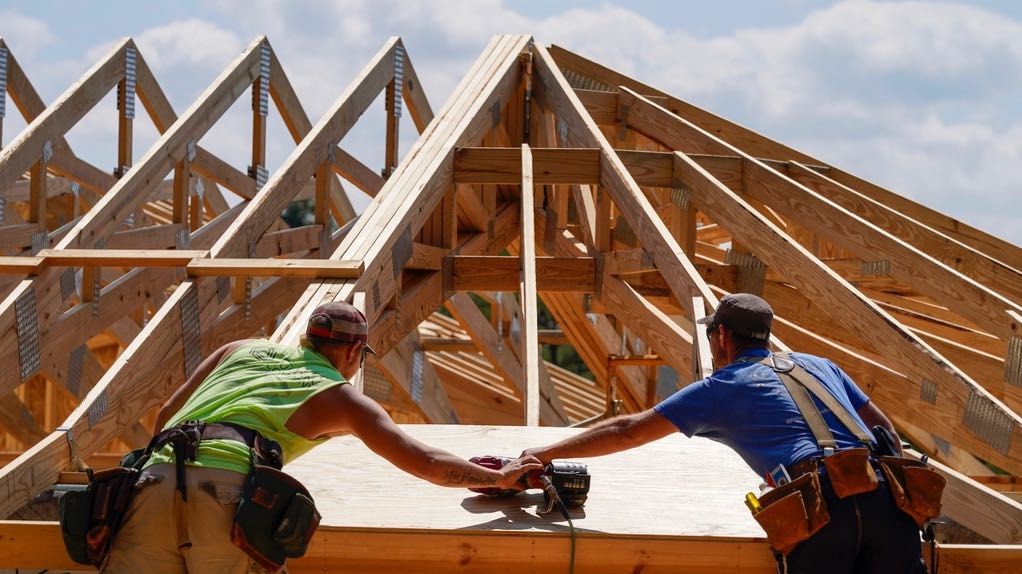The Biden administration on Thursday announced it has selected eight applicants to split $20 billion in grants from competitions under the Greenhouse Gas Reduction Fund, seeking to bolster the White House’s commitment to reducing climate change emissions.
The Environmental Protection Agency, which oversees the GGRF, has chosen three grant recipients under the $14 billion National Clean Investment Fund, and five selections under the $6 billion Clean Communities Investment Accelerator Program, which the administration hopes will reduce or avoid up to 40 million metric tons of emissions per year.
These grants, which are intended to create a "national network of clean technology financing institutions," a senior administration official said, will also flow capital to low-income and disadvantaged communities, rural communities and tribal communities.
"For almost every dollar of federal funds, the selectees have committed to mobilizing almost $7 of private capital, turning $20 billion of public funds into over $150 billion of public and private investment," a senior White House official said on a call Wednesday previewing the announcement.
Thursday’s announcement is the launch of the Greenhouse Gas Reduction Fund, which was created under the Inflation Reduction Act, with goals of lowering energy costs, providing a boost to economically and environmentally depressed areas and reducing greenhouse gas emissions.
The EPA launched its grant competition window last summer, opening up the NCIF and CCIA programs in July 2023. A month prior, the administration kicked off a $7 billion Solar for All competition, seeking to expand residential solar development in low-income and disadvantaged communities.
Both the NCIF and the CCIA grant projects gave priority to projects centered on net-zero emissions buildings, zero-emissions transportation and distributed energy generation and storage.
The difference is scale: The NCIF competition focused on establishing national nonprofit financing entities, which would then back and boost state- and local-level green banks — banks focused on deploying and financing clean projects to address climate change — while the CCIA targeted nonprofits that would act as hubs to fund and assist green banking on a community level.
In keeping with Thursday's announcement, Vice President Kamala Harris will visit Charlotte, North Carolina, on Thursday meet with a homeowner in a historically Black community where a local non-profit and grantee, Self-Help, worked with partners in the community to finance, renovate and build energy-efficient, affordable housing for low- and moderate-income families. She will also separately open a new campaign office for her and President Joe Biden's reelection bid in the city.
While opponents to the Biden White House’s climate agenda often assert that climate funds are essentially easily exploitable slush funds — former President Donald Trump, the GOP's presumptive nominee in November, has taken to calling these efforts the "Green New Scam" — administration officials assured that the program will have a robust reporting framework: transaction-level reporting that will be rolled into a "large scale database" to be managed by the EPA.
The funds are also expected to be protected and obligated, should an administration opposed to addressing climate change come into power, administration officials said.
"Our next step is to sign award agreements with those grantees, and that’s what we expect to happen over the next 90 days or so. And then once we’ve signed the board agreements, the funds will be considered obligated," an official said, adding that grantees will have a period of seven years to expend their awards, through a performance period ending in 2031.
"So there’s a seven-year window under which this $20 billion will be lent out by this group of eight selectees into projects — clean technology projects — in literally every corner of our country," an administration official said, adding that the money has been appropriated by Congress as part of the Inflation Reduction Act.



